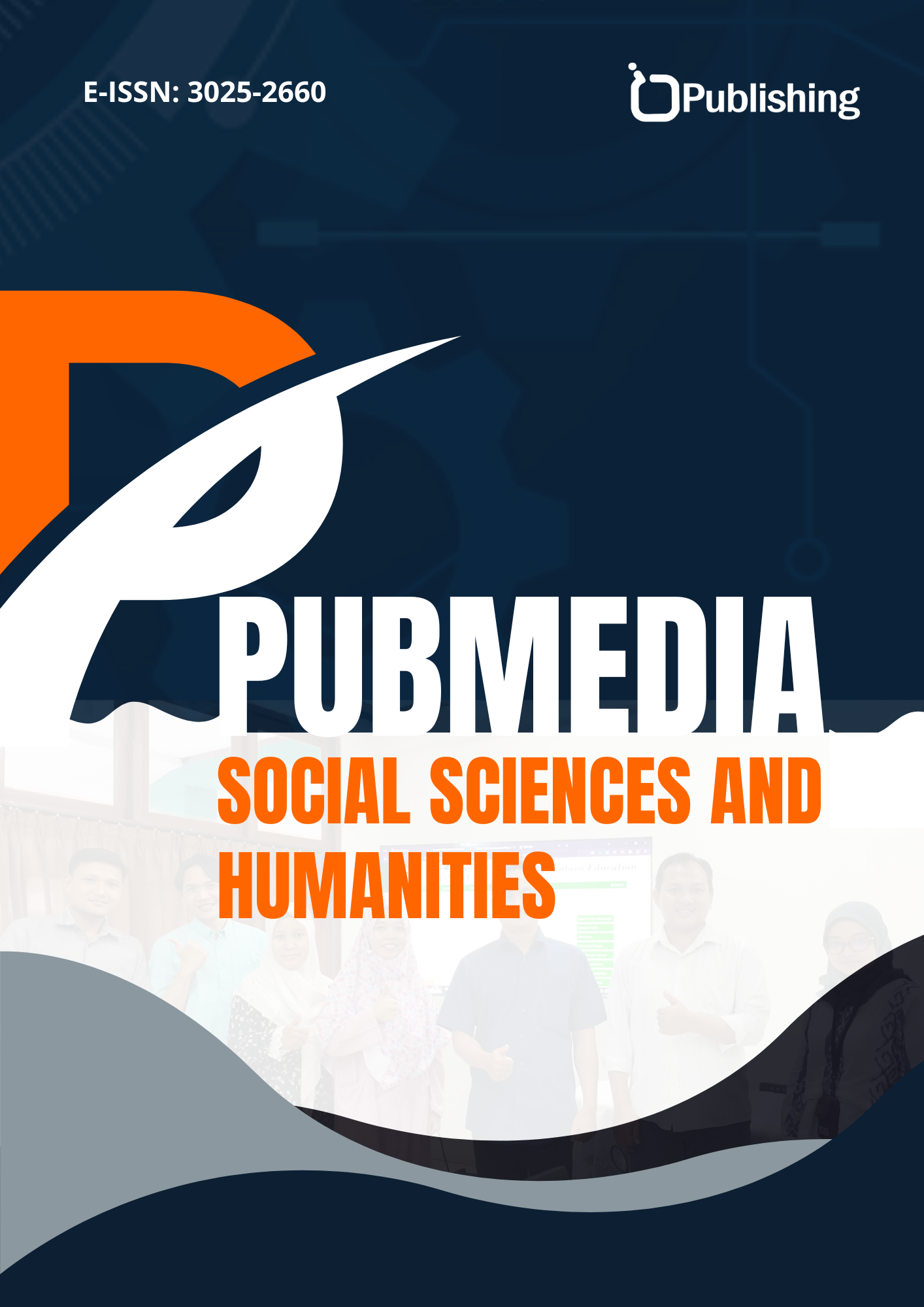Emergence of Postmodernism After World War II Characteristics of Being
DOI:
https://doi.org/10.47134/pssh.v2i3.346Keywords:
Postmodernism, Modernism, Literary Movement, Irony, Pastiche, Black Humor, Metafiction, Uncertainty, Temporal Disorder, Dystopia, Fragmentation, ConflictAbstract
This article examines the emergence and development of postmodernism as a literary and cultural movement following World War II. Postmodernism is characterized by its departure from modernist principles, embracing fragmentation, irony, black humor, and metafiction. The study investigates the philosophical underpinnings of postmodernism through prominent theories such as deconstruction and poststructuralism, drawing on works of key figures like Derrida, Lyotard, and Baudrillard. Methodologically, the analysis focuses on thematic and stylistic elements, emphasizing how postmodern literature questions traditional narratives, linearity, and universal truths. The findings reveal that postmodernism’s complexity and ambiguity reflect a critique of contemporary societal norms and values. Despite its challenges, such as inaccessibility and intricate structures, postmodern literature offers profound insights into human existence and societal constructs, making it a pivotal movement in cultural history. This article aims at analyzing postmodernism, the literary movement that emerged after the World War II, the factors influenced to its emergence, the main peculiarities of postmodernism and its impact on various areas of society and the reflection of the postmodernism in the works of contemporary writers have been investigated.
References
Burgess, A. (1962). A Clockwork Orange, William Heinemann, UK
Childs, P., Fowles, R. (2006). The Routledge Dictionary of literary terms, Routledge 2006, 198 page
Cuddon, J. A. (2013). A Dictionary of Literary Terms and Literary Theory, fifth edition, A John Wiley & Sons, Ltd., Publication, The Estate of J. A. Cuddon, 569 page
С. Қуронов Постмодерн кайфият ва идеал эхтиёжи, ЎзАС, 2012. 27 июл. №30 son
Dealney. Postmodernism vs Modernism: Features, Differences and Similarities. – USA: Public press, 2005, 263 page
Eglāja-Kristsone, E. (2024). The emergence of postmodernism in Latvian literary culture. Journal of Baltic Studies. https://doi.org/10.1080/01629778.2024.2412592
Farret, P. (2022). The historian as image producer. Telling the story of modern architecture during the emergence of postmodernism. Perspective (France), 2, 277–292. https://doi.org/10.4000/perspective.28149
Filimowicz, M. (2015). Empiricism within the limits of postmodernism alone: On the emergence of the logically real within the multi-perspectival field. Semiotica, 2015(207), 607–629. https://doi.org/10.1515/sem-2015-0041Қозоқбой Йўлдош, Постмодернизм, моҳият, илдизлар ва белгилар, “Жаҳон адабиёти”, 2015 йил, 10-сон, 108.b
Habib, M. M. (2019). Postmodernism and science fiction: A confluence. International Journal of Innovation, Creativity and Change, 8(9), 231–244. https://www.scopus.com/inward/record.uri?partnerID=HzOxMe3b&scp=85077542543&origin=inward
Kamata, S. (2023). Characteristics of topographical location and spatial composition on villages on Kikaijima Island, Nansei Islands: Reconstructing spatial composition of villages immediately before and after World War II. Japan Architectural Review, 6(1). https://doi.org/10.1002/2475-8876.12379
Reisman, D. (2001). The Lonely Crowd, 2nd edition, Yale University Press, 2001, London
M. Spark, Memento Mori, Macmillan Publishing, 1959
Мамасалиев, М. М. (2023). Толерантность И Интолерантность: Проблема Мира Или Норма? Miasto Przyszłości, 38, 176-181.
Mirsaidovich, M. M. (2023). Deformation Of Tolerance Towards Others In Postmodern Society. European Journal Of Innovation In Nonformal Education, 3(6), 230-232.
Мамасалиев, М. М. (2023). Трансформация Принципов Терпимости В Обществе Постмодерна. International scientific journal of Biruni, 2(1), 144-148.
Mamasaliev, M. M. (2023). A Change In The Principles Of Tolerance In Postmodern Society. Oriental renaissance: Innovative, educational, natural and social sciences, 3(2), 1071-1076. Делез Ж. Различие и повторение. СПб., 1998. С. 182.
Quronov, D. Mamajonov, Z. Sheraliyeva, M. (2013). Adabiyotshunoslik lug’ati, Toshkent Akademnashr, 229 bet.
Serova, L. D. (2012). Medical and social characteristics of long-livers of Moscow and World War II veterans. Advances in Gerontology, 2(2), 85–89. https://doi.org/10.1134/S2079057012020154
Stöppel, D. (2023). Tempting structure and dangerous wholeness. György Kepes’ volume “Structure in Art and Science” as a link between pre-War avant-gardes, structuralism and postmodernism. RIHA Journal, 2023. https://doi.org/10.11588/riha.2023.1.96554







